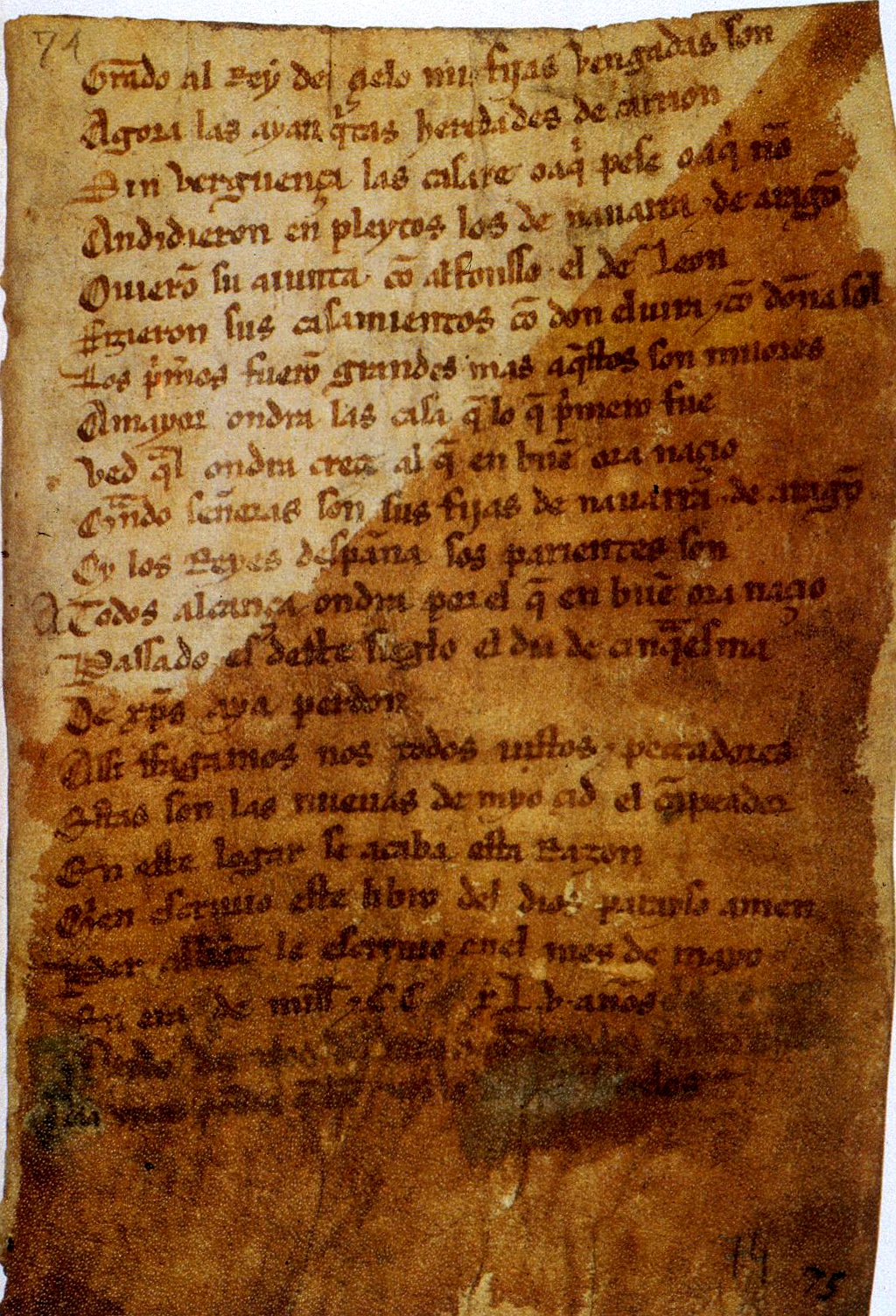Learning Spanish 101
- Introduction to Spanish
- Everyday Vocabulary
- Conversational Spanish
- Intermediate Grammar
- Travel Vocabulary
- Business Spanish
- Spanish Culture
- Advanced Grammar
- Spanish Literature
- Spanish in the Media
- Review and Practice
Introduction to Spanish
The Spanish Alphabet

The system for writing in Spanish.
The Spanish alphabet, or "abecedario", is the backbone of the Spanish language. It is essential to understand and master the alphabet to progress in your Spanish language journey. This unit will provide an overview of the Spanish alphabet, the pronunciation of Spanish letters, and the differences between the English and Spanish alphabets.
Overview of the Spanish Alphabet
The Spanish alphabet consists of 27 letters: the same 26 as the English alphabet, plus an additional letter, "ñ" (eñe). Here are the letters in order:
A (a), B (be), C (ce), D (de), E (e), F (efe), G (ge), H (hache), I (i), J (jota), K (ka), L (ele), M (eme), N (ene), Ñ (eñe), O (o), P (pe), Q (cu), R (ere), S (ese), T (te), U (u), V (ve), W (doble ve), X (equis), Y (ye), Z (zeta).
Pronunciation of Spanish Letters
Spanish pronunciation is phonetic, which means words are pronounced as they are spelled. Here are some key points to remember:
- The Spanish "h" is silent.
- The Spanish "j" is pronounced like the English "h".
- The Spanish "v" and "b" sound very similar, almost indistinguishable.
- The Spanish "ñ" is pronounced like the "ny" in "canyon".
- The Spanish "ll" is pronounced like the "y" in "yes".
- The Spanish "r" is rolled or trilled.
- The Spanish vowels "a", "e", "i", "o", "u" are pronounced as "ah", "eh", "ee", "oh", "oo" respectively.
Differences between English and Spanish Alphabet
While the English and Spanish alphabets share many similarities, there are some key differences:
- The Spanish alphabet has one additional letter: "ñ".
- Some Spanish letters have unique sounds that do not exist in English, such as "ñ", "ll", and the rolled "r".
- Spanish vowels have only one sound each, unlike English vowels which can have multiple sounds.
Mastering the Spanish alphabet is the first step towards fluency. Practice pronouncing each letter until you are comfortable with the sounds. This will greatly improve your ability to speak and understand Spanish.